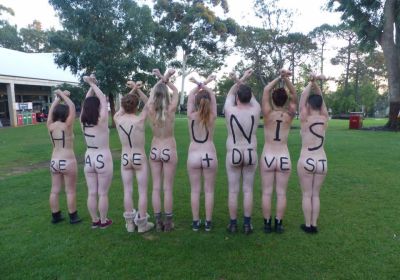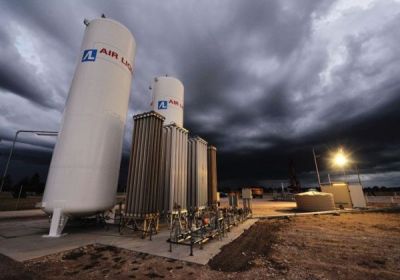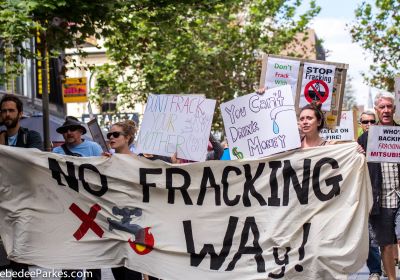
I moved to Perth in June last year from a small, rural town in central Pennsylvania. There I witnessed first-hand the impact of the “fracking” boom — the rapid exploitation of the unconventional gas resources in the Marcellus shale play.
It hit rural Pennsylvania particularly hard because it is economically depressed, struggling to make ends meet by farming and what's left of manufacturing that has not been outsourced to China, Mexico, and other exploitable labour pools.

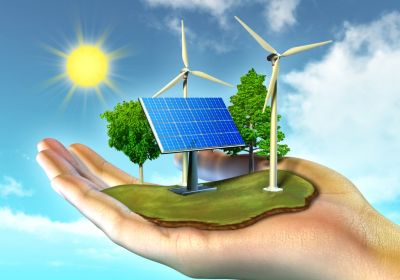
 About 3000 people, young and old, women, men and children, kayaked from Horseshoe Beach and blocked Newcastle Harbour to stop the coal ships on May 8. Organised by 350.org and other climate change campaigners, the Break Free event was a great success and also fun.
There was a large contingent of First Nations people from all around Australia and internationally, from Samoa and other Pacific islands that could disappear due to rising sea levels.
About 3000 people, young and old, women, men and children, kayaked from Horseshoe Beach and blocked Newcastle Harbour to stop the coal ships on May 8. Organised by 350.org and other climate change campaigners, the Break Free event was a great success and also fun.
There was a large contingent of First Nations people from all around Australia and internationally, from Samoa and other Pacific islands that could disappear due to rising sea levels.
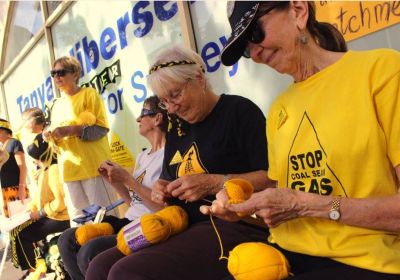
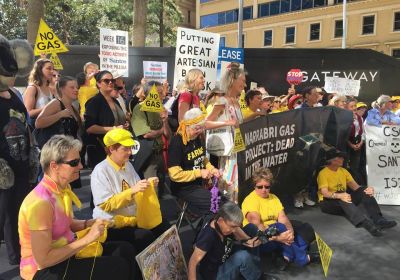
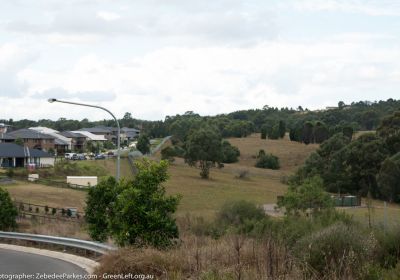
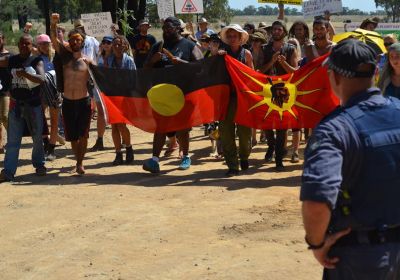
 Hundreds marched down the main street of Katherine in the Northern Territory on April 20 to call for the protection of water, country and culture from fracking gasfields.
From Alice Springs to Arnhem Land, pastoralists, Traditional Owners, kids, community, musicians and whip crackers turned out to have their say.
Hundreds marched down the main street of Katherine in the Northern Territory on April 20 to call for the protection of water, country and culture from fracking gasfields.
From Alice Springs to Arnhem Land, pastoralists, Traditional Owners, kids, community, musicians and whip crackers turned out to have their say.

